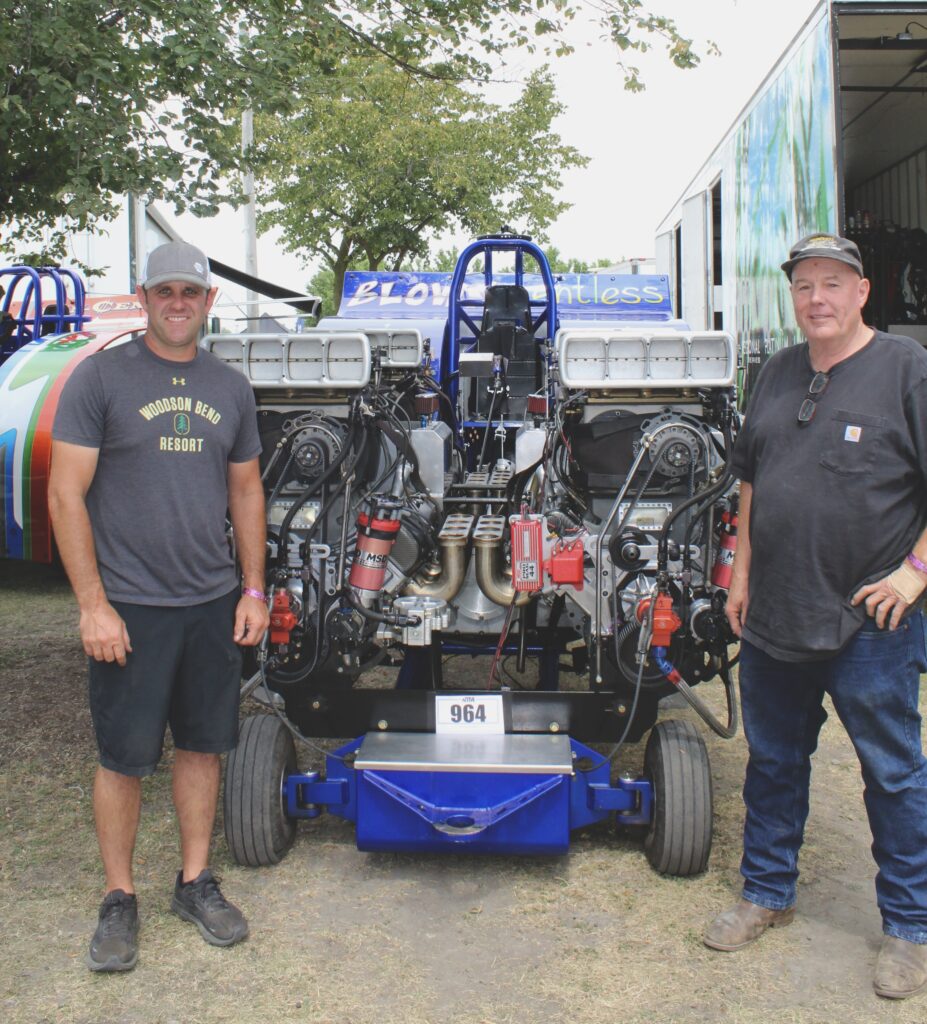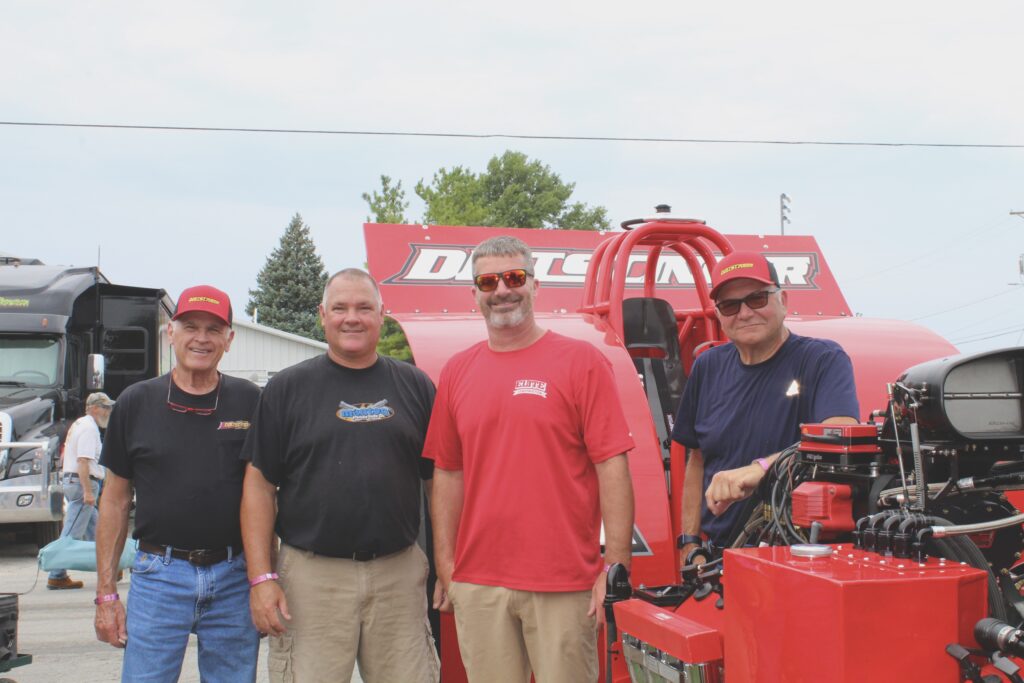By CLAIRE SANT
BGSU Student Contributor
Growing up in Michigan and devoid of the tractor-pulling world, I had zero idea of this event’s gravity.
Bowling Green has always been the home of my university and a lovely community of people – but to others, it means something different.
Every year, thousands of people flock to the Wood County fairgrounds to partake in the National Tractor Pulling Championships. The only thing greater than the tractors themselves is the immense pride their owners take in the years spent perfecting these remarkable machines.
Only the best of the best travel from all over the United States to Bowling Green, Ohio year after year. Owners enter hundreds of tractors and trucks to compete against each other in classes depending on the machine type.
When I first arrived, I was surprised by how many people were there, but mostly by the never-ending rows of tractors and trucks lined up.
As I walked down the dirt path of the campgrounds, I saw owners polishing up their chassis (the frame of the machine) and buffing out every last speck of dirt. Nobody shied away from describing what made their machine special or expanding my scant knowledge about tractor pulling.
Each tractor requires a “support vehicle” that will pull it to the arena to compete. To my knowledge, they are usually ATVs or something with enough power to pull a maximum weight of 7,500 pounds.
To compete at the championship in Bowling Green, tractors need to qualify and win in other championships across the country. To think it all boils down to Bowling Green is cool.

Cole Altman, all the way from Baxley, Georgia, brought his new, built-in-January rig to compete in the national championship. Like many other owners, Altman has another tractor but only entered one.
While tractors entered in the competition are buffed and camera-ready, not all tractors are made to be on the track. Altman said has another tractor at home and raises a farm, growing peanuts, cotton, blueberries, corn and soybeans.
He talked about transitioning from competing in smaller championships to the big leagues. “There are 66 trucks in our class, but we only have about 10 where we live,” he said.
The competition only gets more rigorous as participants make it to the national championship. The dirt track is used for all classes, which makes for unpredictable track conditions. Classes are categories that differ based on gasoline or diesel, how many modifications there are, or
“The track can change and get more moisture, or more dry. It’s the luck of the draw,” Altman said.

Stepfather and son duo, Kevin Criswell and Brad Benedict, qualified with two tractors and brought them to BG from Marion. They’ve been attending consecutively since 2010.
Criswell started tractor-pulling when he was 10 years old at his local county fair and built his first modifier tractor as a senior in high school. He told me that when he first competed in Bowling Green in the 70s, the stands for spectators weren’t even built yet.
Benedict, wanting to start tractor pulling as he grew up, joked that he dragged his stepdad back into the mix. He said they don’t see their tractor-pulling friends who live out of state, so the championship brings them together.
Criswell took third in the grand national modifiers class with his tractor named “Makin Cents.”
“We have a lot of people we know up here, and it’s fun to do well here,” Benedict said.

Matt Johnson drove into BG from Kansas City, Missouri, for his second consecutive year at the championship. The tractor he entered was built in November 2023. His crew consists of himself and four of his buddies — Shannon Leischner, Bill Leischner, Tommy McCoy and Bob Boyd.
The championship proved to me that it takes a village to bring everything together, but the rush and reward are both well worth it.
I asked Johnson what it felt like to be in front of thousands of tractor fans, and driving a tractor that took so much time and effort.
“You’ve got 12,000 horsepower in front of you,” Johnson said. “It’s crazy to hear the crowd roar… iIt’s something you don’t hear anywhere else.”

